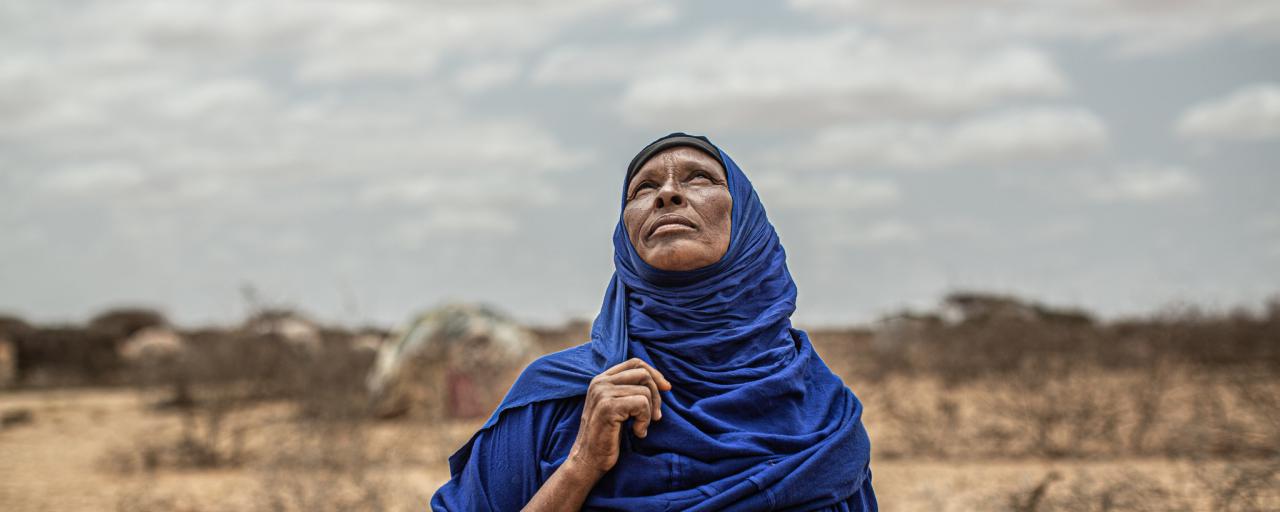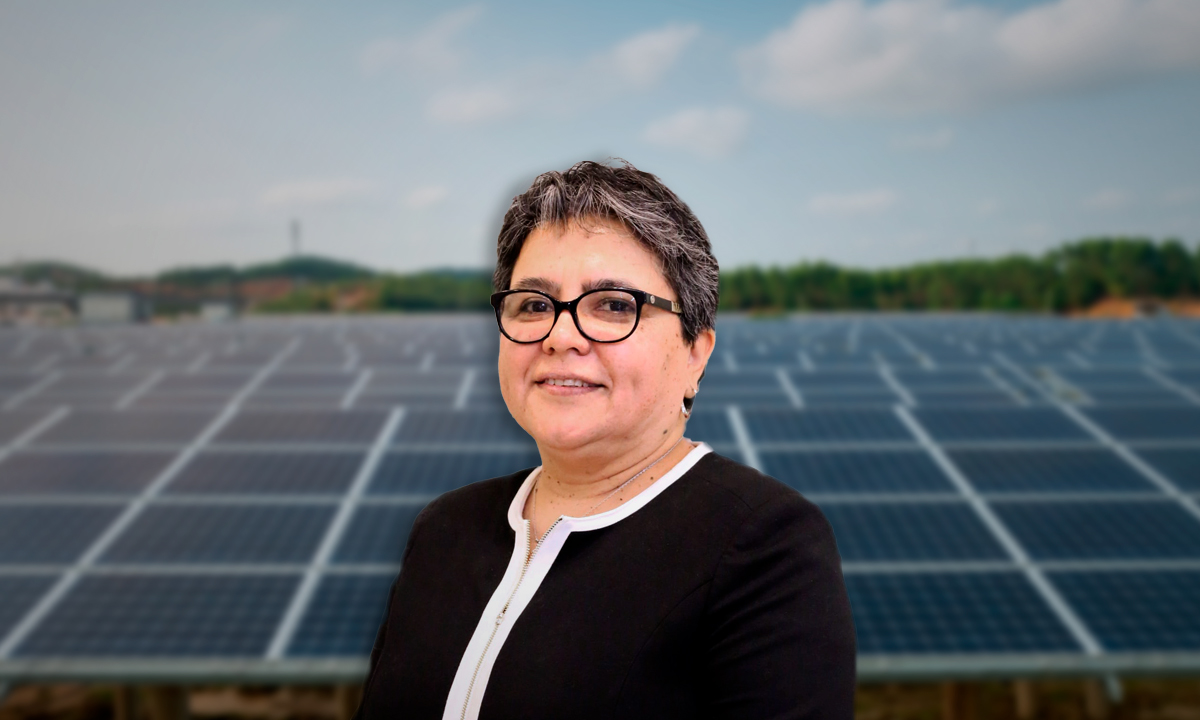Austerity and inequality are punishing East Africa

LONDON – The International Alliance Against Poverty has warned that East African countries, reeling from structural poverty and inequality, armed conflict, plague, extreme weather events and the COVID-19 virus, are also facing austerity policies that reduce access to basic benefits. Oxfam.
With spending cuts, “the region risks falling into a vicious cycle of inadequate health services, poor educational facilities and economic decline that will particularly affect women and youth,” said Parvin Ngala, Oxfam’s director for Central, East and Africa. Horn of Africa.
The organization considers that East African countries have experienced economic growth and poverty reduction in the past two decades, but they have maintained high levels of inequality, where wealth is concentrated in the hands of a few people and most of them face difficulties in covering their basic needs.
The richest 10% of the region’s population receives an average of 47% of the GNI, while the poorest 50% receives only 13.3%.
The countries included in the analysis are Burundi, Ethiopia, Kenya, the Democratic Republic of the Congo, Rwanda, Somalia, South Sudan, Tanzania and Uganda.
Covid, along with locust outbreaks and climate shocks, has plunged the region into an economic crisis, millions of people have lost their jobs, and poverty and food insecurity have worsened.
Nearly 21 million people suffer from acute levels of hunger, and more than 44 million people are in need of humanitarian assistance in Ethiopia, Somalia, Kenya and South Sudan.
When the epidemic broke out, half of the population in East Africa lacked access to health services, 90% lacked social protection and 80% lacked labor rights.
School closures affected millions of students, especially those who were living in greater poverty and were unable to access online education.
As of mid-January 2022, only 4% of East Africans had received the full course of the COVID-19 vaccine, compared to 71% of people in rich countries.
Locust plague hit many countries in 2020, destroying crops and pastures for livestock, and drought and floods exacerbated the situation, causing severe food insecurity, especially in rural and nomadic communities.
According to Oxfam, the region’s gross domestic product (about $390 billion, according to the World Bank) shrank by $15.7 billion in 2020 due to less-than-expected growth, and 7.2% of working hours were lost.Work is equivalent to 10 million full-time jobs.
However, rather than taxing the richest people and businesses, East African governments plan to reduce public investments in services such as health care and education, or in agriculture and social protection in the coming years, Oxfam noted.
In East Africa, governments allocate five times more resources to repaying domestic and foreign debts than to health services, and this proportion is 28 times higher in the case of South Sudan. Debt servicing consumed an average of 35% of government revenue in the region.
During the pandemic, many governments increased their spending on health services and social protection, but now have plans to cut public spending to reduce their budget deficits and debt, as recommended by lending entities such as the International Monetary Fund (IMF).
From 2022 to 2026, the nine countries plan to cut their annual public spending by $4.7 billion compared to 2021, which Oxfam says will prevent them from facing the rise in poverty and inequality caused by Covid.
On the other hand, if they punish the richest people and companies by increasing their tax revenue by one point of GDP, they could raise an additional $4.9 billion annually, enough to increase their health spending by 77% each year, the organization finally noted.
AE / HM

“Award-winning zombie scholar. Music practitioner. Food expert. Troublemaker.”









